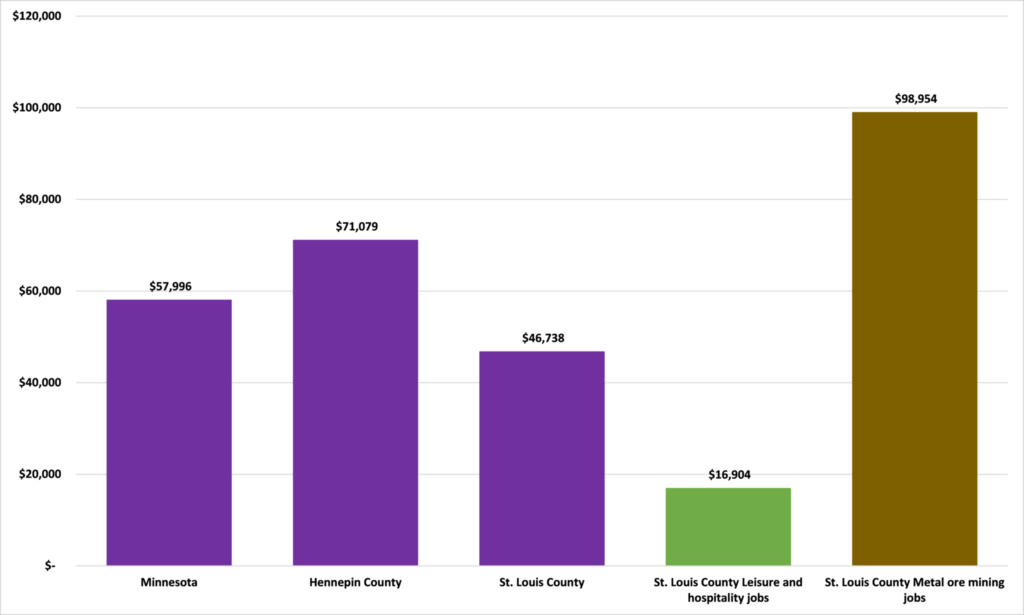BREAKING NEWS: Twin Metals Minnesota Proposes Most Technologically Advanced Mine in Minnesota History
The future of mining in Minnesota looks even brighter today as Twin Metals Minnesota announced they will protect Minnesota’s water resources at their planned copper-nickel mine in northern Minnesota by using a method called dry stack tailings storage, which is often touted by environmental groups as the best way to store waste rock left over from the mining process.
This technology eliminates the storage ponds and dams associated with conventional tailings facilities and it has been successfully used in four mines in the northern United States and Canada with similar climates to Minnesota and has been permitted at two mines in the western United States.
According to the Twin Metals release:
“Community concerns about copper nickel mines have focused on fears of tailings dam failure or leaks that could threaten both nearby surface water and groundwater. Because there is no dam, risk of dam leakage or failure is eliminated.
Equally important is the fact that the tailings from the Maturi Deposit will be non-acid-generating.
“The common concern about sulfides points to a basic misconception about our project,” Osborne said. “The geology of the Maturi Deposit provides us with confidence that we can mine here safely and sustainably. The rock sandwiching the layer of copper, nickel and platinum group minerals in the deposit is almost completely free of sulfides. When the targeted minerals are removed during the concentration process and shipped to customers, only a minute amount of sulfides will remain in the tailings.”
Switching from a tailings pond to the dry stack tailings storage method will also increase the number of people employed at the mine. According to a press release by Jobs for Minnesotans, the company will add an additional 50 jobs to the payroll once the mine is operational. This is an enormous opportunity because mining jobs are high-paying jobs, with annual average wages of approximately $100,000 St. Louis County according to 2018 data from the Bureau of Labor Statistics.
Figure 1. Annual Average Wages

This is what winning looks like. Economic opportunity for 700 Minnesotans in high-paying, family-supporting jobs and a pristine environment.
True to form, anti-mining groups (who masquerade as environmental groups) were predictably quick to find fault in TMM’s announcement. According to MinnPost:
“Aaron Klemz, a spokesman for the Minnesota Center for Environmental Advocacy (MCEA), said dry stacking is generally better than having a tailings basin and dam, but said he wanted to see more specifics on the plan.
Meanwhile, Becky Rom, national chairwoman of the Campaign to Save the Boundary Waters, told MinnPost the dry stack announcement has “made the project even worse.”
That’s because Twin Metals is now planning to store its mine waste on site, within the watershed of the BWCA, instead of creating a tailings basin within the watershed of Lake Superior. “This is not an improvement in our minds at all,” Rom said.”
Minnesota has some of the most stringent regulations on mining in the entire world, and these science-based protections allow us to minimize environmental impacts while maximizing economic benefits.
This is why we should embrace mining in Minnesota, because if we don’t choose develop the resources we rely upon every day here, where we care about the health of workers and the environment, we make the de facto choice of exporting these activities to other countries where these strong environmental protections simply do not exist.